Why learn your local trees and shrubs? When you go someplace, aren’t you more comfortable when you know something about it, when it is familiar, when there are recognizable landmarks and features? Becoming familiar with the trees, shrubs, vines, flowers and other plants around Central Texas can also help you be more comfortable in the outdoors, more observant, and perhaps even ease the chance of getting lost - or at least soften the sense of panic and uncertainty if you do happen to lose your way.
We have an optional hike coming up, and I thought I’d share some of the flora we are going to see along the path. Sometimes, it is the leaves that make for easy identification. Sometimes it is the bark, or the fruit or flowers. More experienced naturalists will also know trees by their growth patterns, common shapes, environment, even the color, texture and shape of twigs and buds. For our hike, we will focus on a few major features, primarily leaves, bark, and growth characteristics.
For now we will mostly stick with common names. This may seem easier at first, but many trees and shrubs have several different common names, and sometimes the same common name is used for several different species. In the long run, it is much better to use the scientific names, at least at the genus level, even if we don’t always know the exact species.
Where we will be hiking, the most common trees are oaks, elms, hackberries, plus a few pecans. Our most common shrubs we will encounter include hollies, redbuds, junipers (we call them cedars around here), Mexican buckeyes and Texas persimmons.
We have four different oaks on the hike: Escarpment Live Oak (Quercus fusiformis), Scalybark Oak (Quercus sinuata), Texas Red Oak (Quercus buckleyi), and Bur Oak (Quercus macrocarpa). The live oak is evergreen or semi-evergreen, has slavish leaves often without any wavy edges, and frequently has large multiple trunks with deeply furrowed bark. The Scalybark Oak is easily identified by its… scaly bark, which is grayish and flakes off. Our red oak has pointed leaf tips, whereas the Bur oak has rounded leaf tips. The Bur oak leaves are often wider at the tip than near the stem, and the acorns have very large caps (which accounts for the scientific name).
The Ashe Juniper is a shrub that is often multi-trunked, but occasionally has a single larger trunk. This is the bush we usually call a cedar, and frequently they have a pattern of white stripes on their branches. We may also see the Eastern Red Cedar, which is difficult to distinguish from the Ashe Juniper, as we are hiking very close to the dividing line between the two species. For our purposes, though, simply knowing it sis as “Juniper” will be sufficient.
If you want to browse some of our Central Texas trees before heading out, here are a few digital resources to get started.
- Trees of Texas (Texas A&M Forest Service)
- Texas Native Shrubs (Texas A&M)
- Central Texas Plants (UT Austin)
- Forest Trees of Texas: How to Know Them (Texas Forest Service)
- Field Guide to Native Oak Species of Eastern North America (US Forest Service)
- The Cedars… of Texas (Texas A&M Agrilife Extension)
- Ladybird Johnson Wildflower Center
- Dendrology 101 & Tree Identification Techniques (TPWD)
- VIDEO: Native Tree Identification - Central Texas (Tree People)
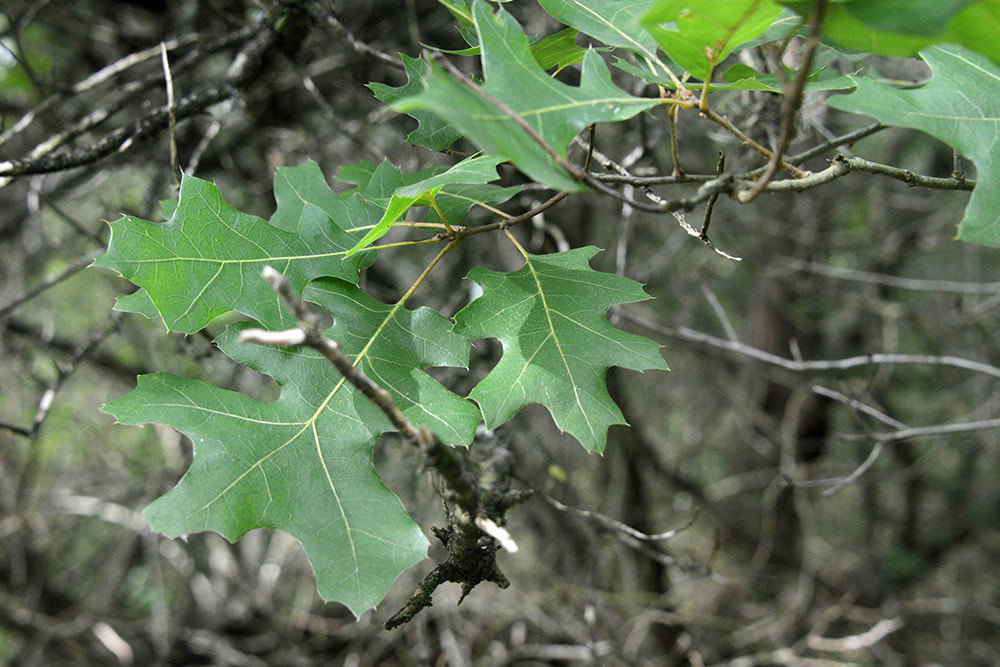
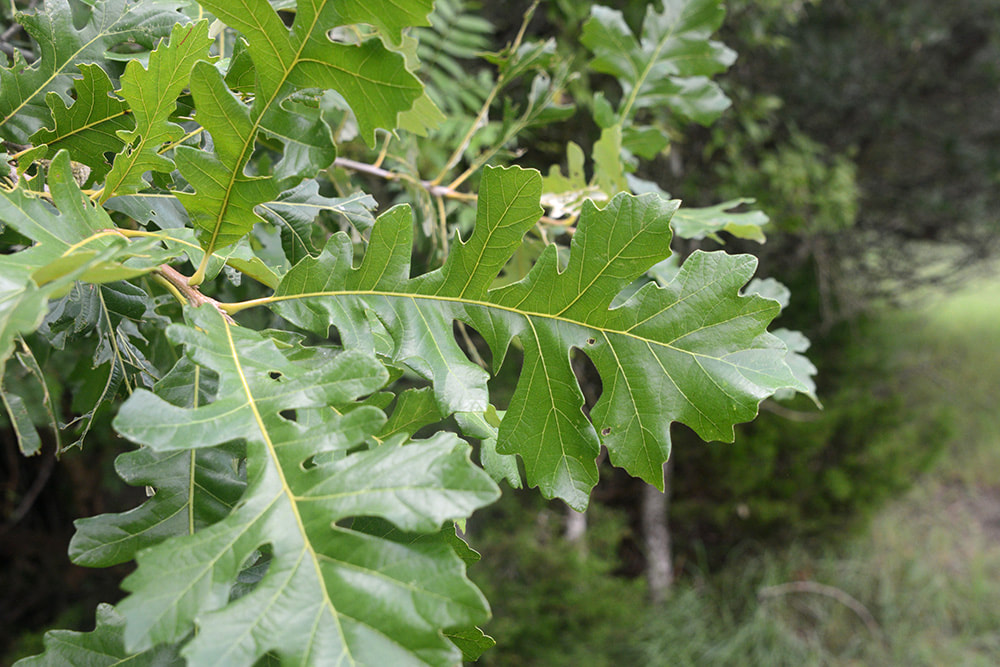
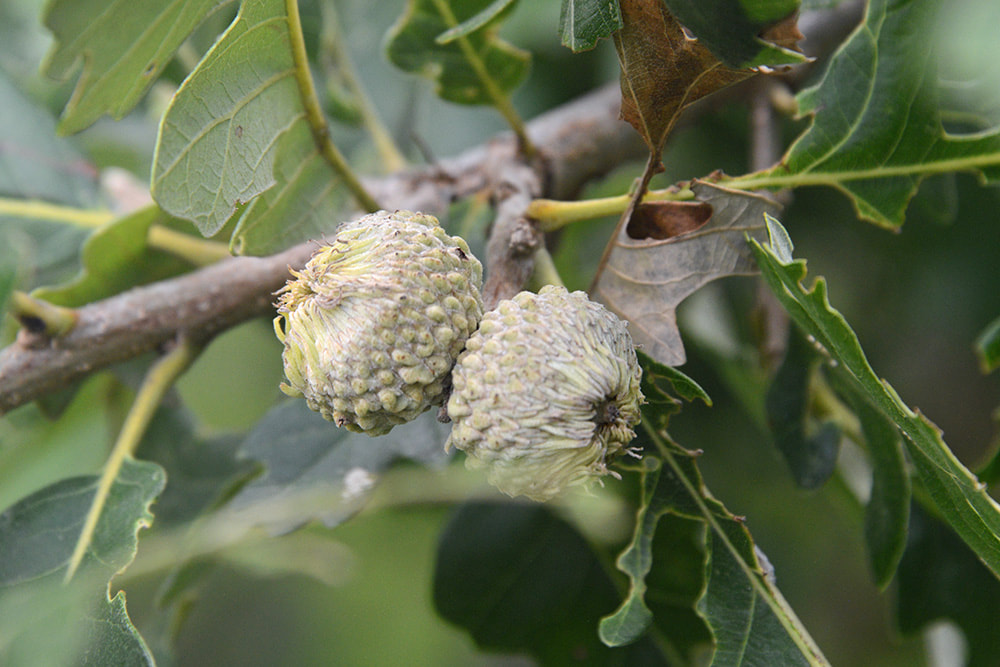
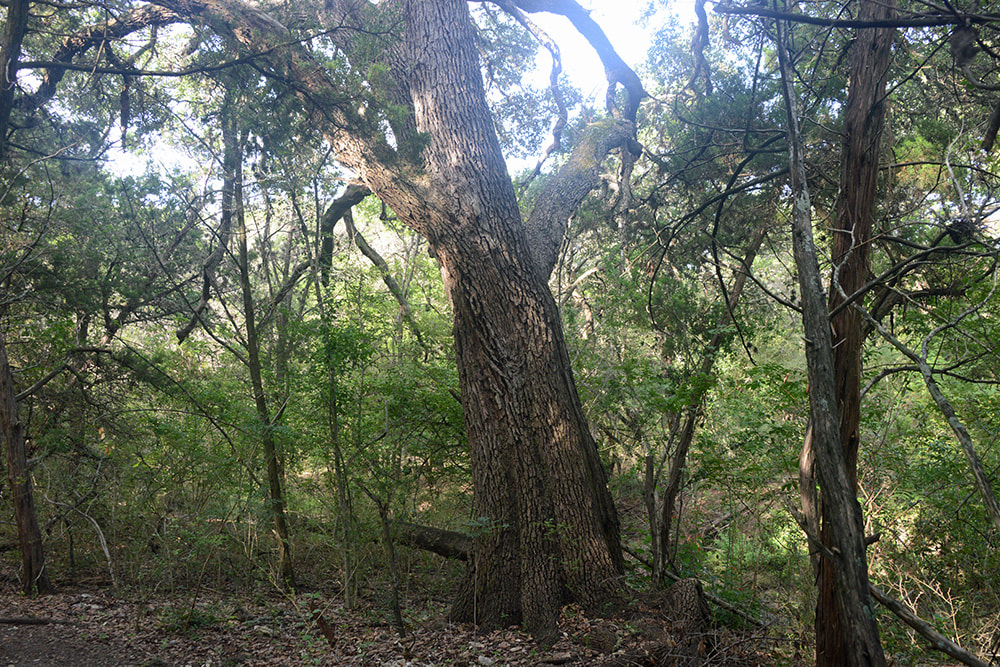
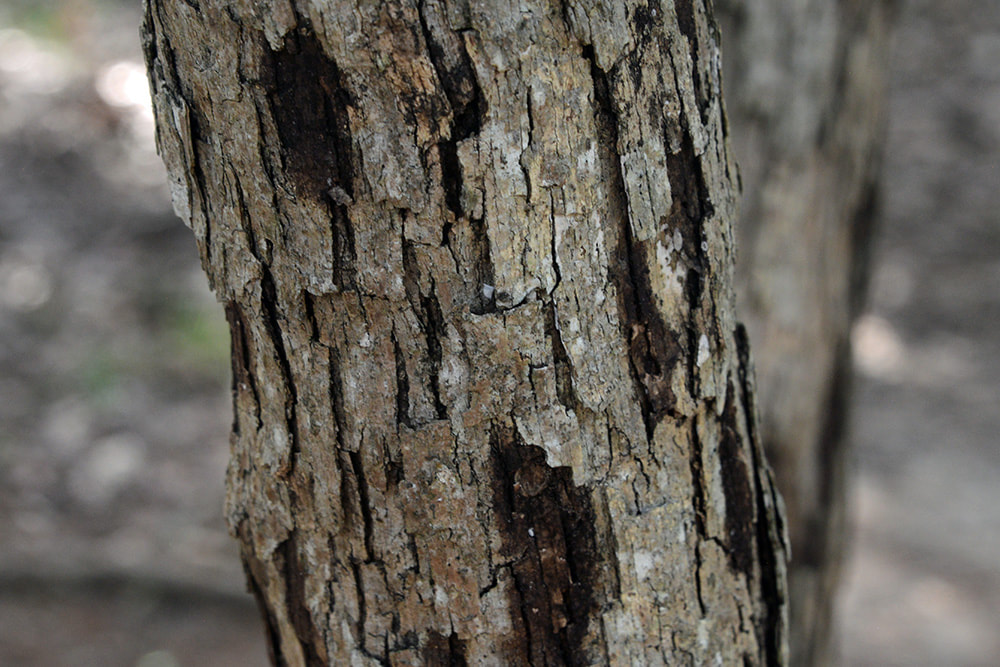
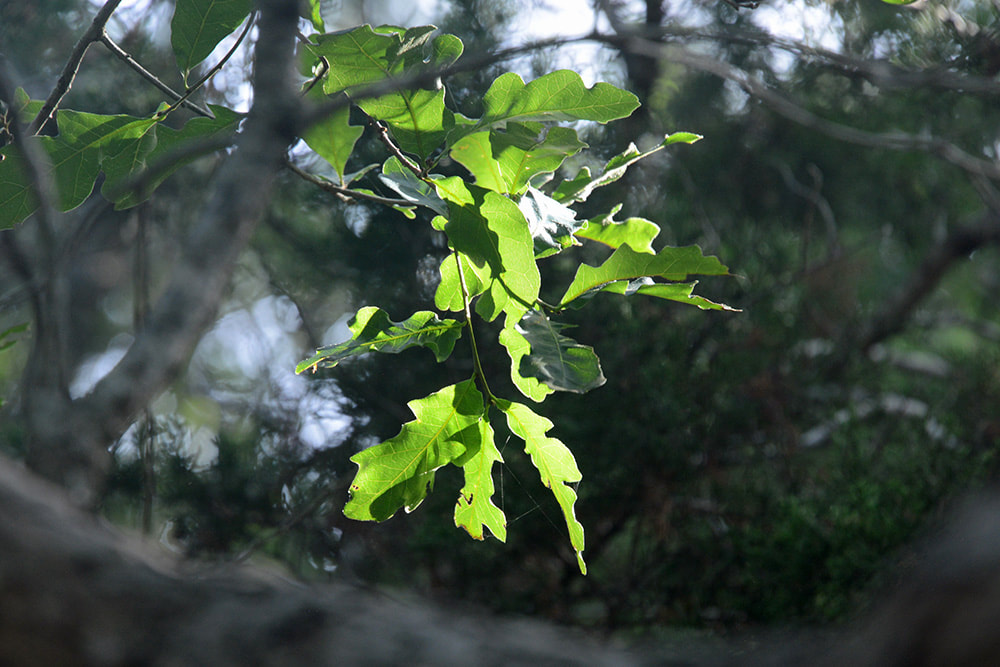
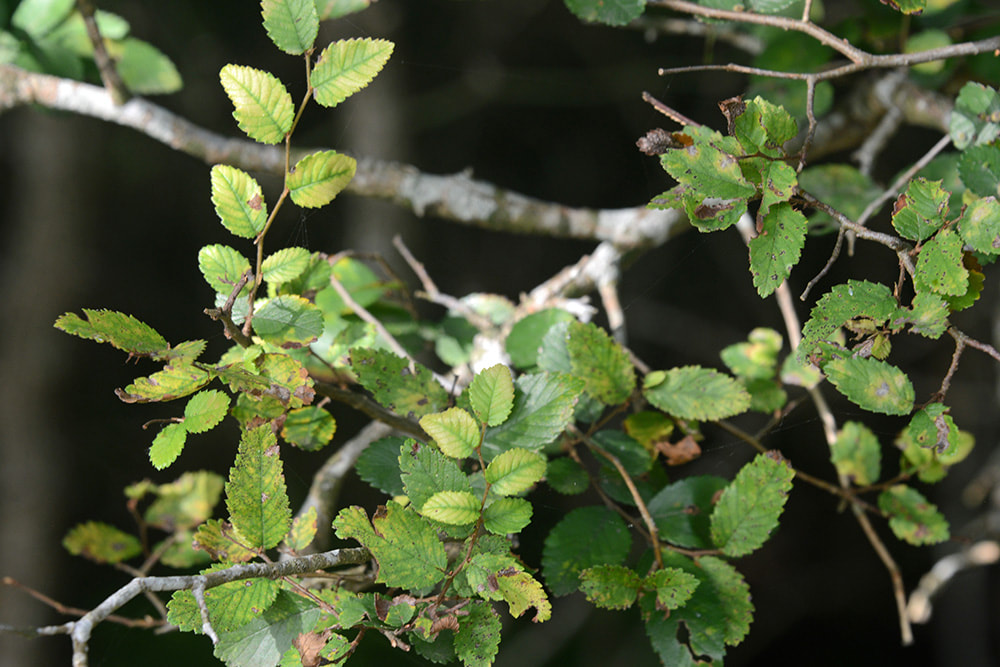
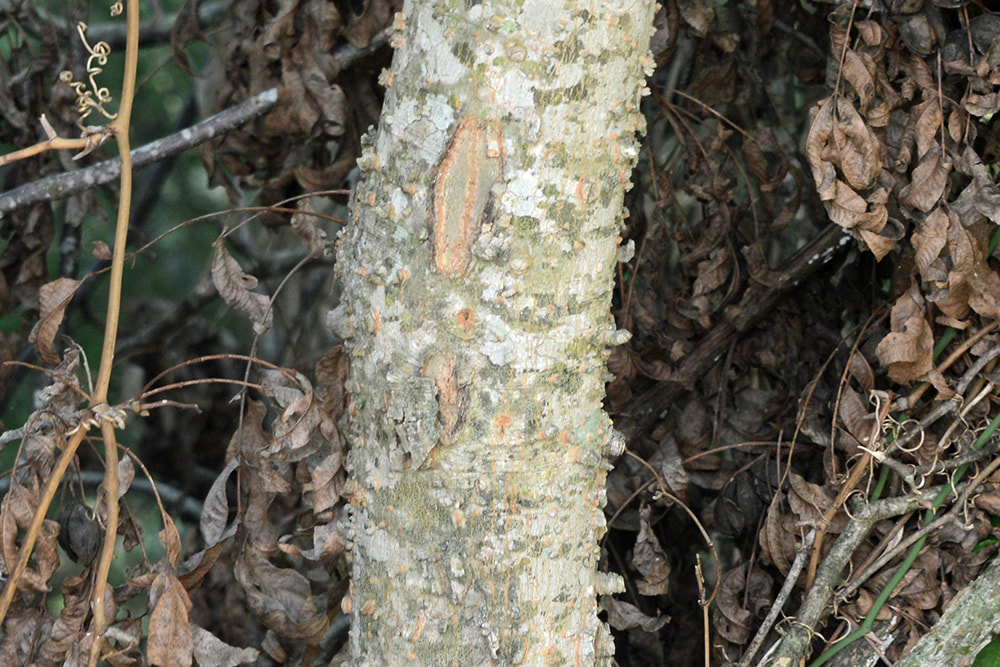
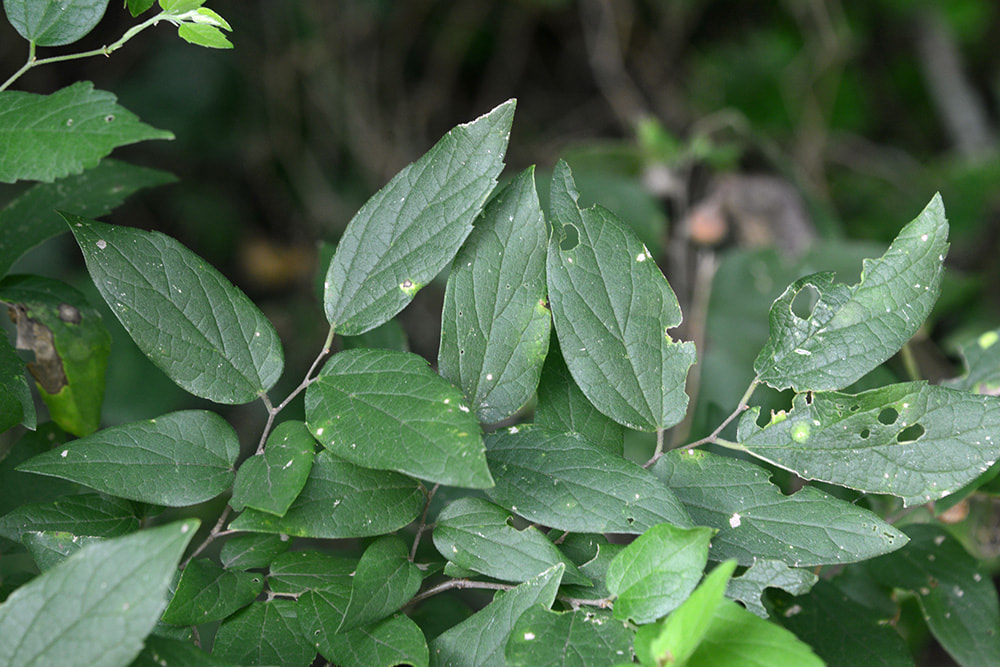
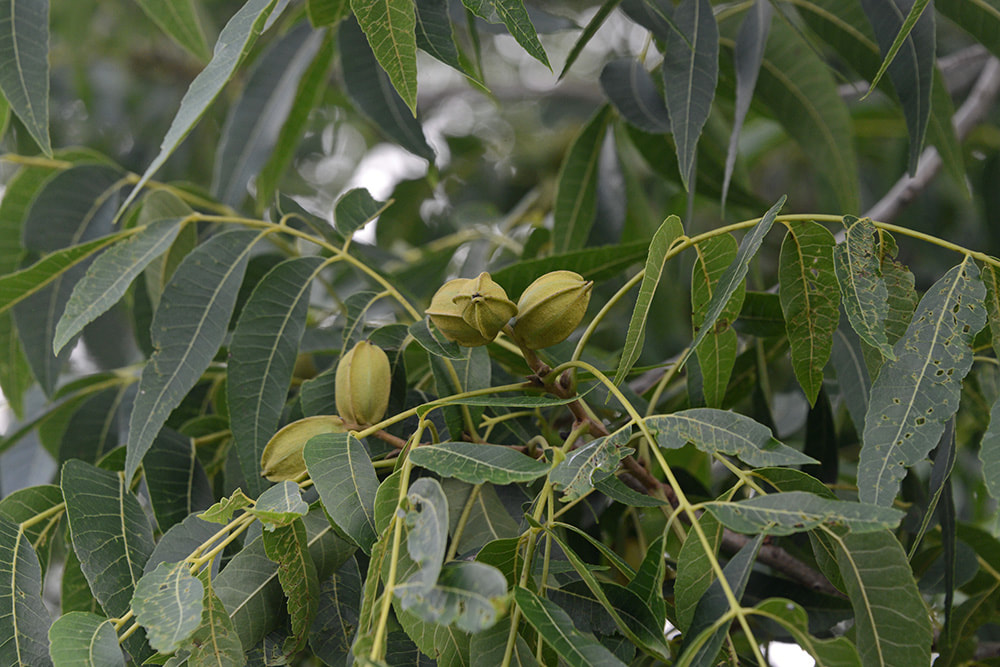
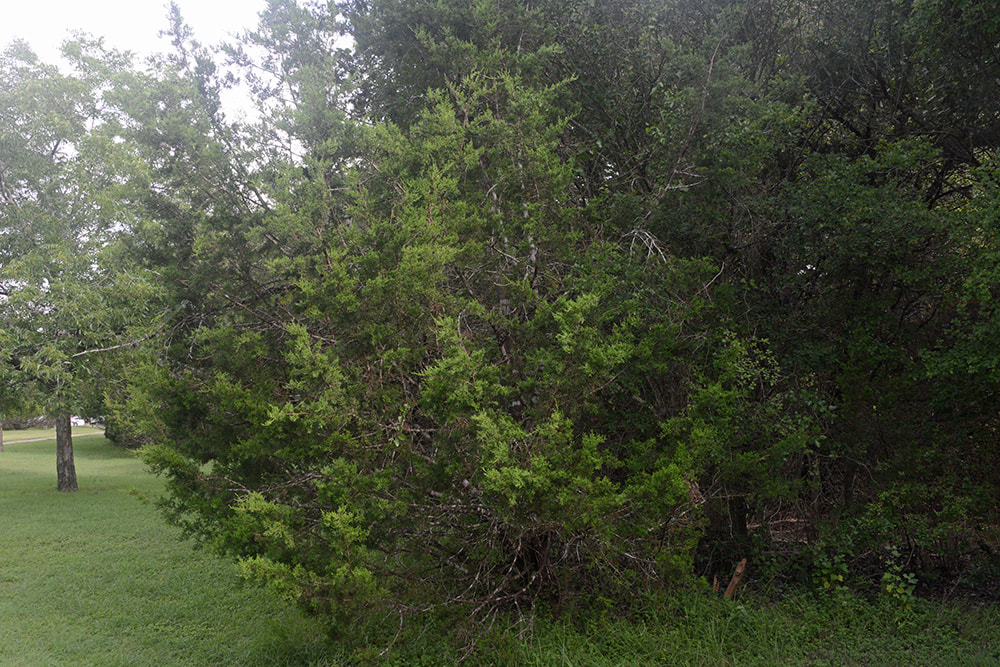
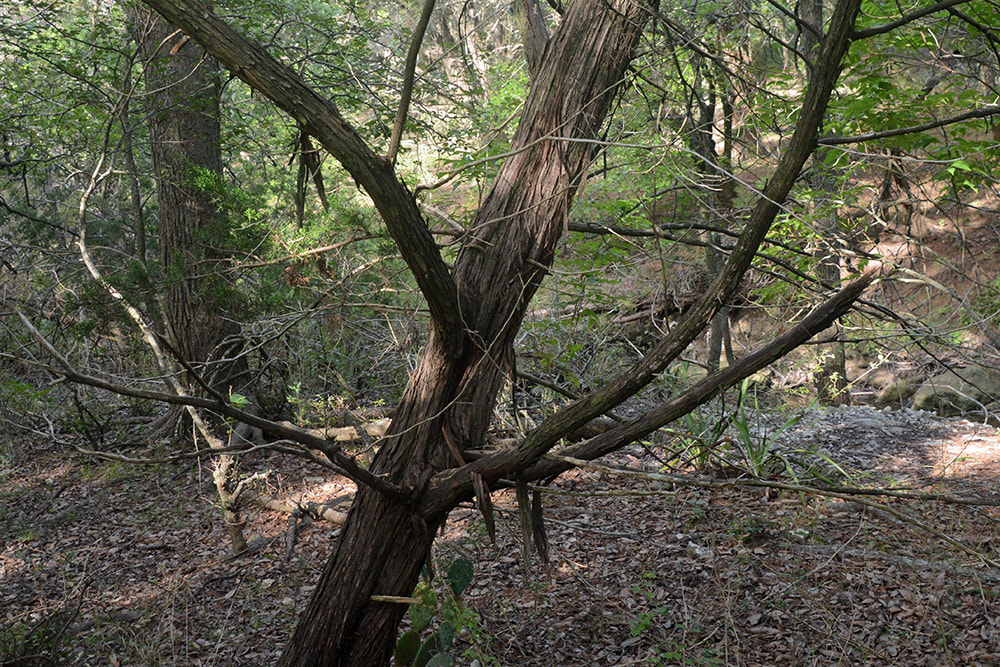
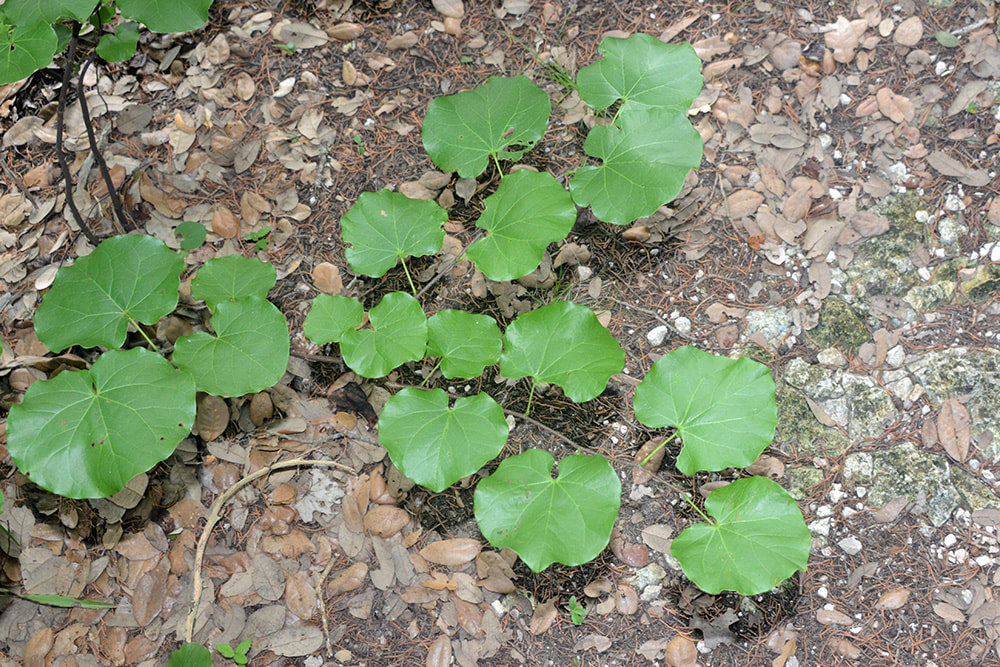
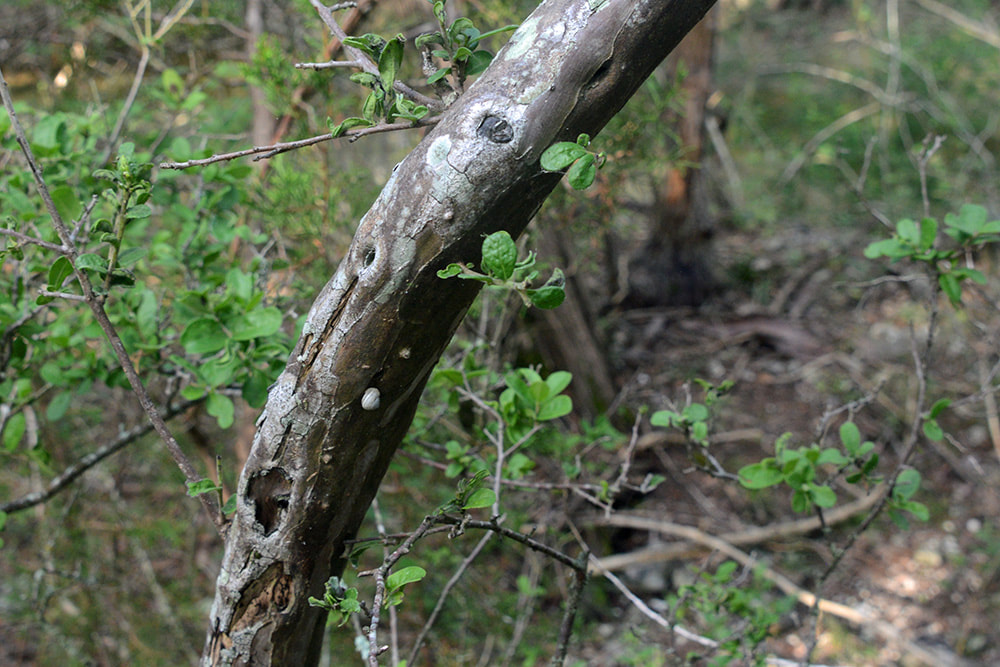
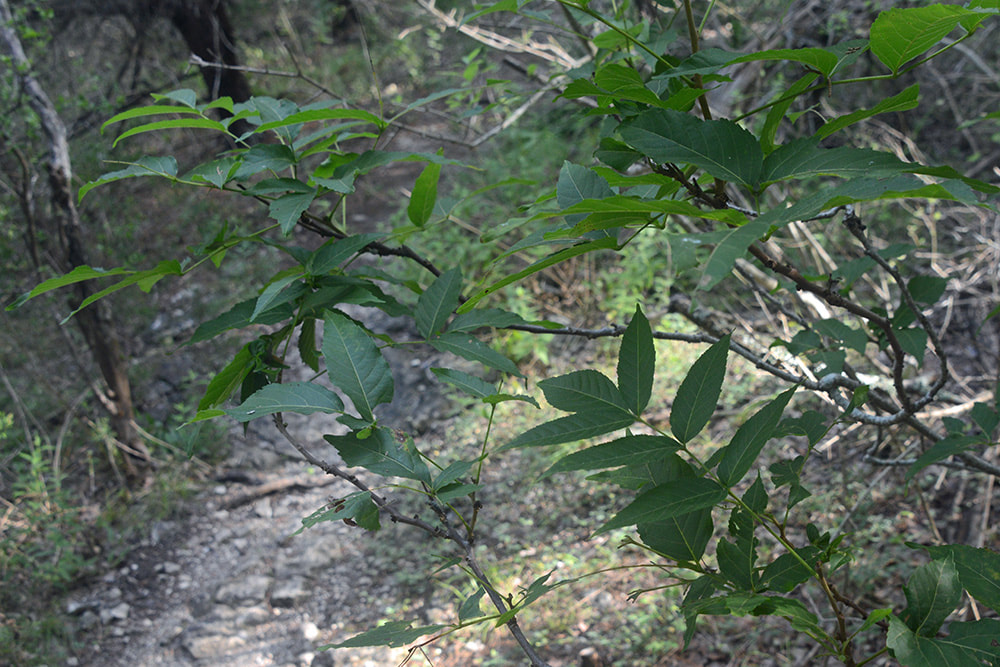
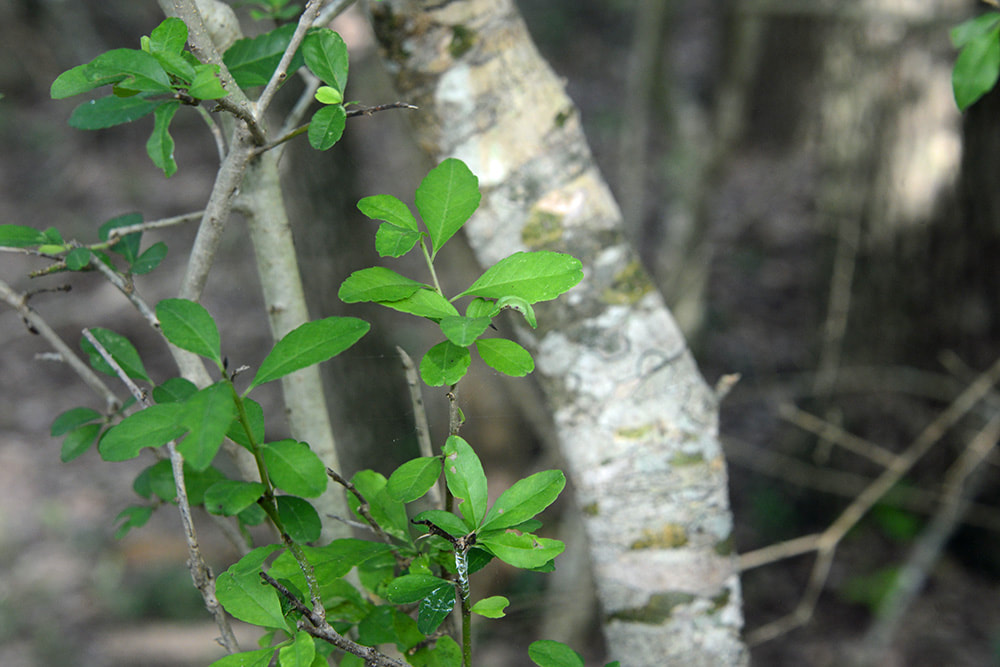
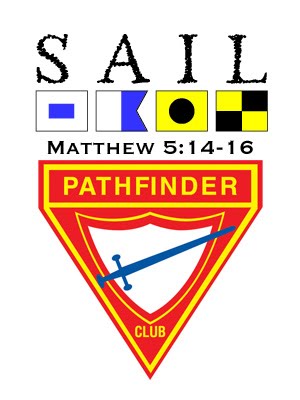
 RSS Feed
RSS Feed